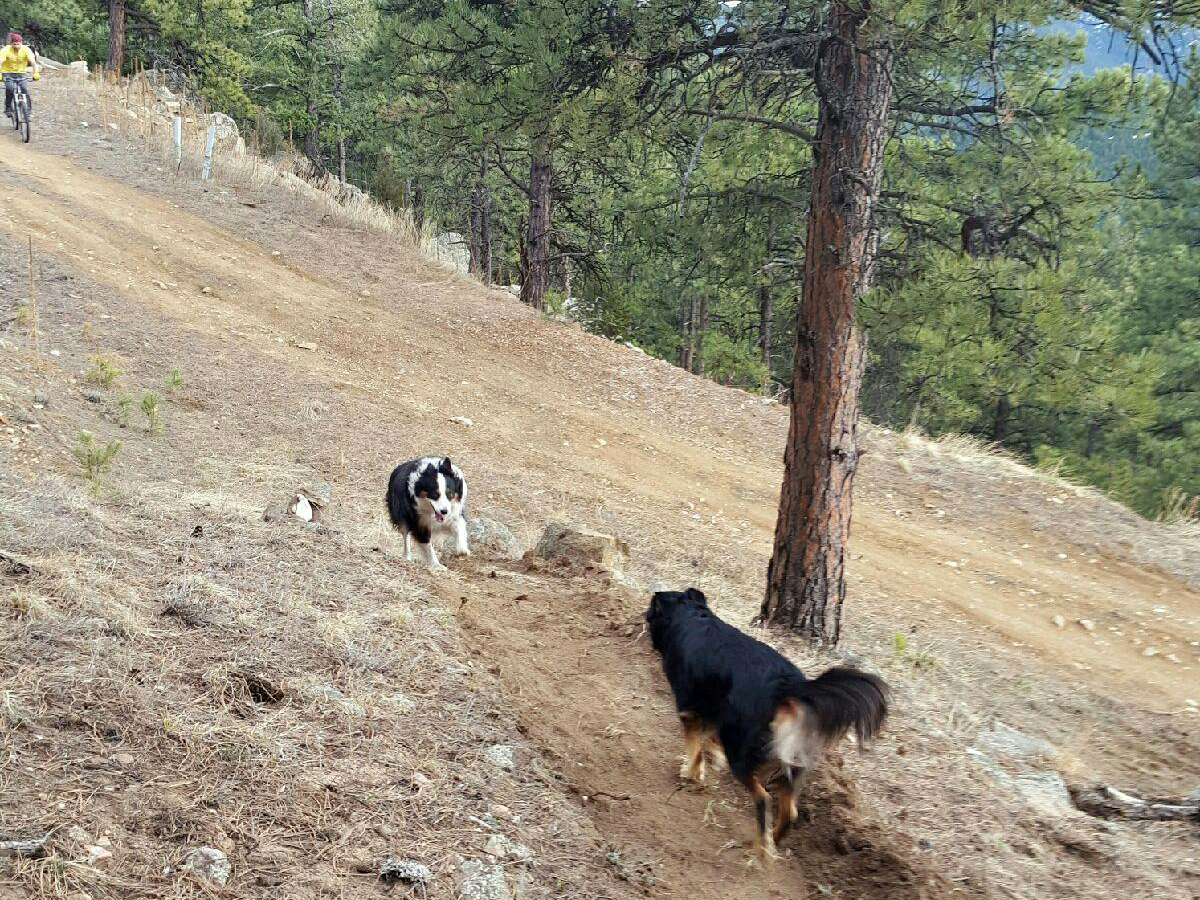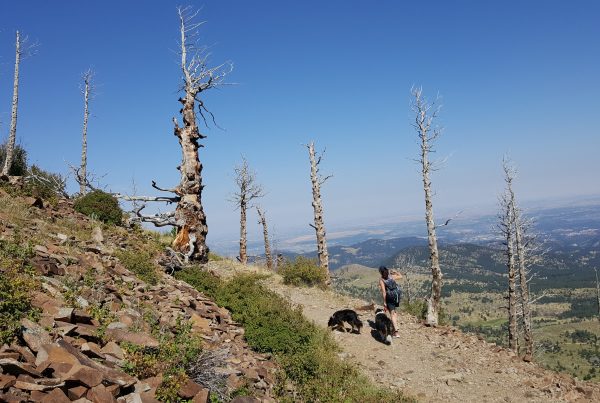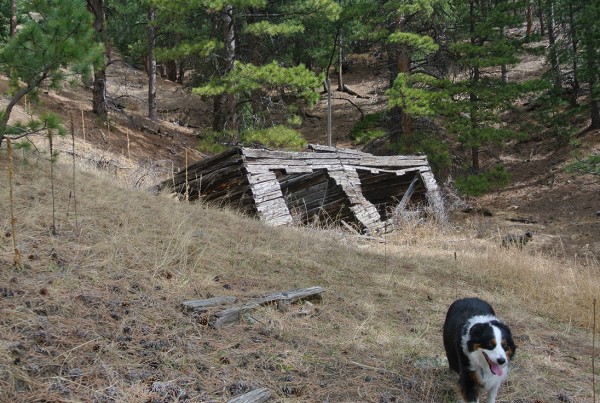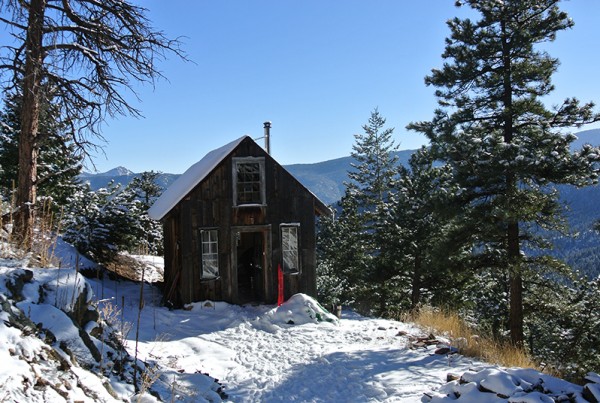Last Updated on June 23, 2022 by James Dziezynski
O Gold! I still prefer thee unto paper,
Which makes bank credit like a bark of vapour
— Lord Byron, Don Juan
I’m not the first person in Colorado to have visions of gold dancing in my head. Long before the promise of gluten-free cupcakes and mega-hip tech companies, dreamers made their way to Colorado — before there even was a “Colorado” — to partake of the great Gold Rush of 1858 – 1862 (Colorado wouldn’t become a territory until 1861). The ‘59ers were similar to the more famous ‘49ers who made the trek to California, though they filtered in at a much slower rate, mostly because gold discoveries in Colorado were kept hush-hush for much longer.
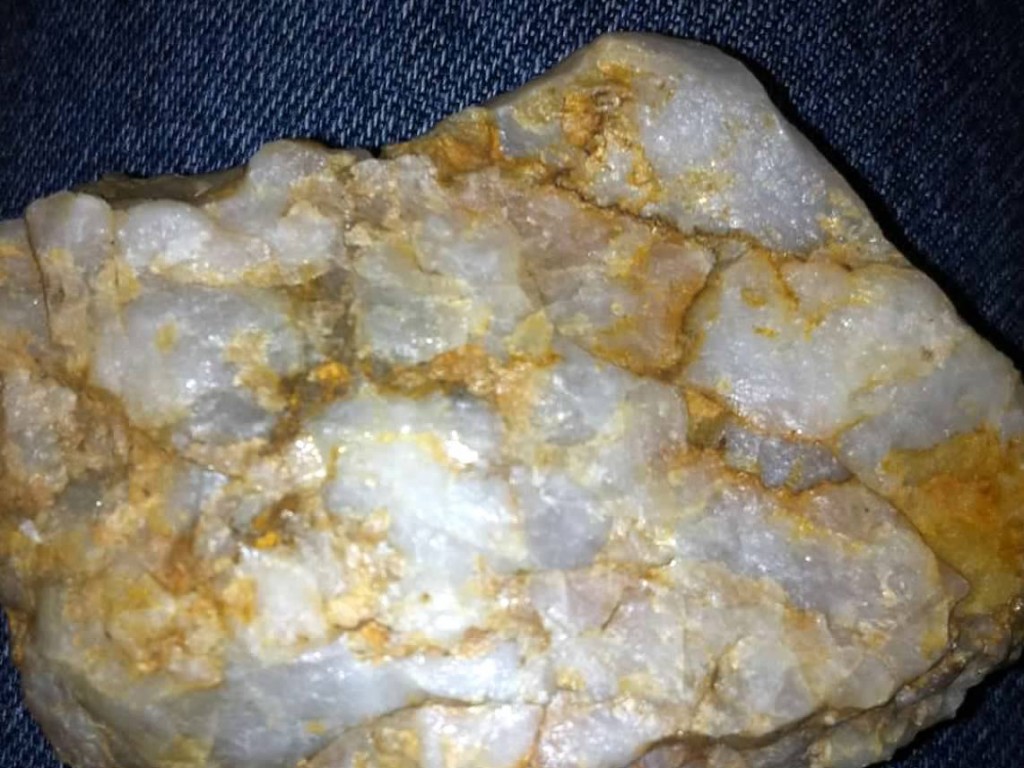
Literally, every other rock on our land looks like this.
The gold rush, along with a similarly energetic silver rush, coincided with advancements in mining techniques. The proliferation of precious metals is one of the reasons the U.S. Government opted to build the Denver Mint.
So it’s not completely unreasonable that I keep my eyes open for a stray nugget while I chip out running and biking trails on our land in the mountains of Boulder. I’m not greedy, a mere 70 lb. chunk would make me happy (at today’s prices, a pure 70 lb. gold nugget would be worth $1,417,584). The bad news, for me at least, is that the majority of Colorado’s gold is placer gold, meaning it’s found in itty-bitty flakes in alluvial fans and streambeds, so I’m more likely to find a gossamer ounce of the stuff panning for gold in Clear Creek than whacking my pick-ax into a hearty chunk.
Oh wait, there’s even worse news – as it turns out, gold isn’t just rare on Earth, it’s rare in the universe. Before we get to the somewhat auspicious fact that gold has any value at all, let’s take a look at how amazing it is that gold even exists on the planet. In the past 5 years, some very smart scientists have discovered that gold cannot be formed in the Earth’s core, there simply isn’t enough pressure. So how is there gold on Earth at all?
Gold is the byproduct of incredible universal forces, as are the majority of elements on the periodic chart. Even the mighty sun, the star responsible for all life on Earth, the powerhouse that builds hydrogen into helium and other elements is far too puny to produce gold. The best the sun’s nuclear reactor can do is create elements 1 – 26 (up to iron), it just doesn’t have the force to build the heavier elements. It takes some real cosmic muscle to spit out star stuff with more weighty elemental presence — enter the supernova.
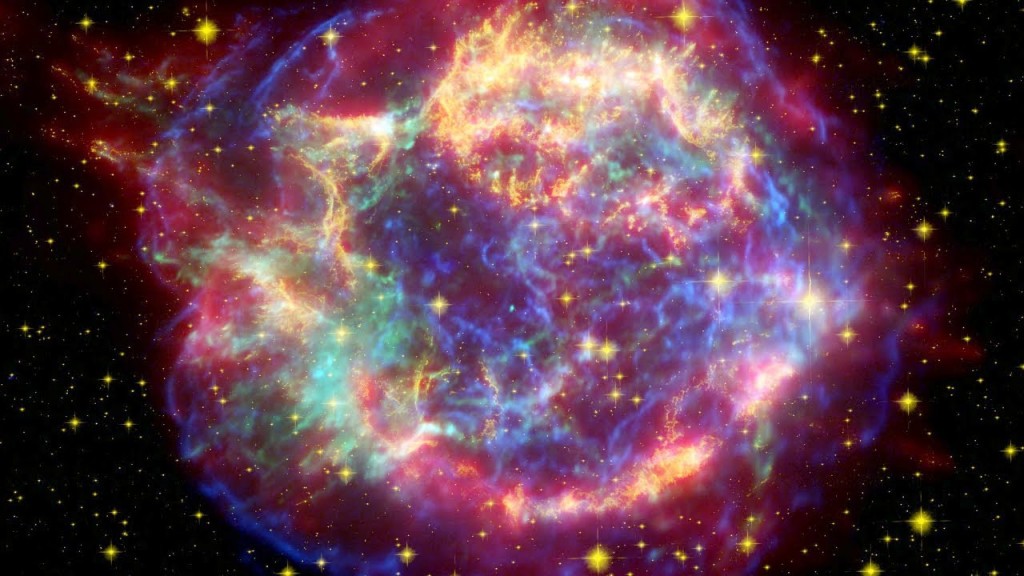
Gold is born!
Supernovas aren’t the big bang but let’s not sell this interstellar explosion short. Only roughly 3% of all known stars are massive enough to even consider going supernova and even then, some of that group fizzle out into a much more pedestrian nova. But assuming a star is big enough, at the end of its life when it has burned off the bulk of its fuel (hydrogen) it will collapse into one final, incredible explosion that reacts with such force that elements beyond iron are built up and blown into the universe. In the case of our humble planet, the debris of such a collapse coalesced over millennia and within the melange of elements that would eventually form Earth was pure, native gold.
In case you’re wondering, it is possible to create very small amounts of synthetic gold using nuclear reactors or supercolliders, though doing so is currently cost-prohibitive (understatement). If all the known gold on earth was merged into solid chunks, you’d have just enough to fill 3.5 Olympic swimming pools. Geologists speculate the bulk of Earth’s gold is deep in the core, where it will likely remain unreachable in our lifetimes.
So, in order to find my 70 lb. gold nugget, I have to count on the collapsed energy of a star spitting out gold, then having the good fortune of that gold maintaining a solid form as the planet formed, somehow finding its way into the crust in Colorado (which is actually fairly likely, thanks to the Colorado mineral belt) and is making its way close enough to the surface that I find it in the course of making trails. Also, my gold nugget would be the 3rd largest ever discovered when I finally get around to uncovering it.
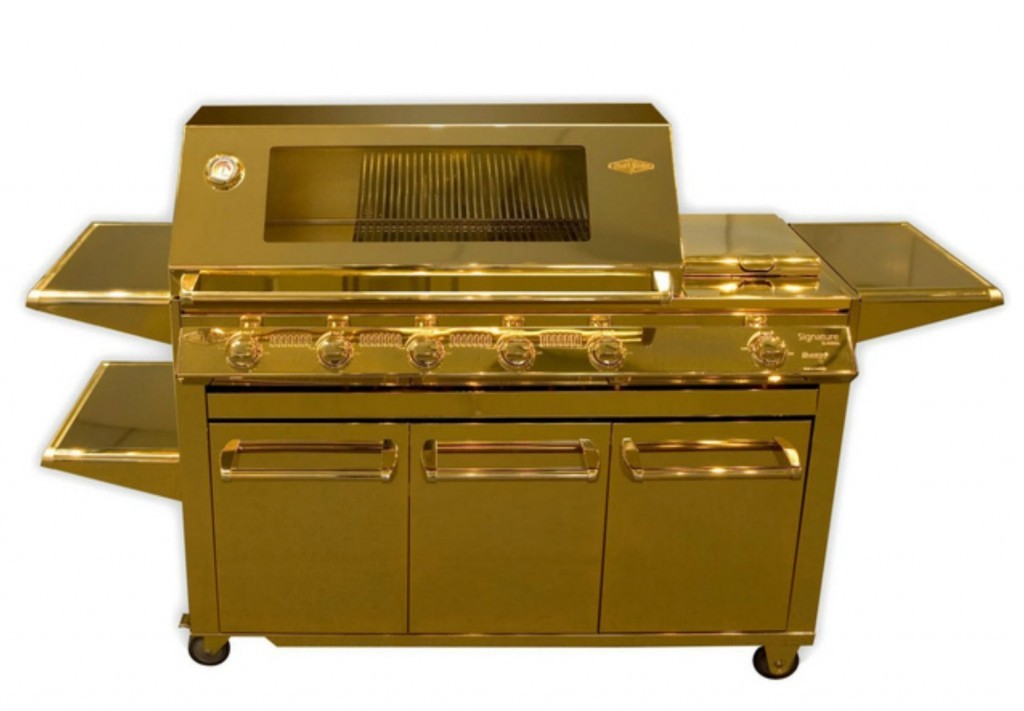
Behold, a grill of gold!
It’s worth noting that gold itself is a relatively useless element. Chemically, it’s inert and anti-social, rarely bonding with other elements. Three things make gold valuable, if not chemically practical:
- It’s rare, but not too rare, so it is a suitable material for coins thanks to a low melting point.
- Unlike other elements in its periodic neighborhood, it’s not radioactive, since having money literally kill you isn’t a great idea.
- It’s shiny.
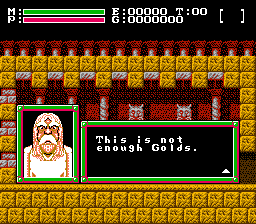
Tell me about it.
There are really only three elements that share these criteria, but the other two (silver and copper) are prone to tarnish over time. Add to that, silver is the same generic hue as the bulk of metals. Gold’s yellow luster and its inert nature, which makes it nearly immune to tarnish, make it a valuable material in the most superficial sense.
As of the present date, I’ve found the following treasures on our land:
- One (1) Titleist golf ball
- A depot of old bed springs
- Six (6) rusty iron spikes
- A Dora the Explorer wrapper of some sort
So really, I’m due to uncover the nugget, hopefully in the next few weeks. As mentioned above, never having to work another day in my life is only part of my incentive to keep prospecting. The other is I want to truly earn the nickname “Golden Jimmy”.

